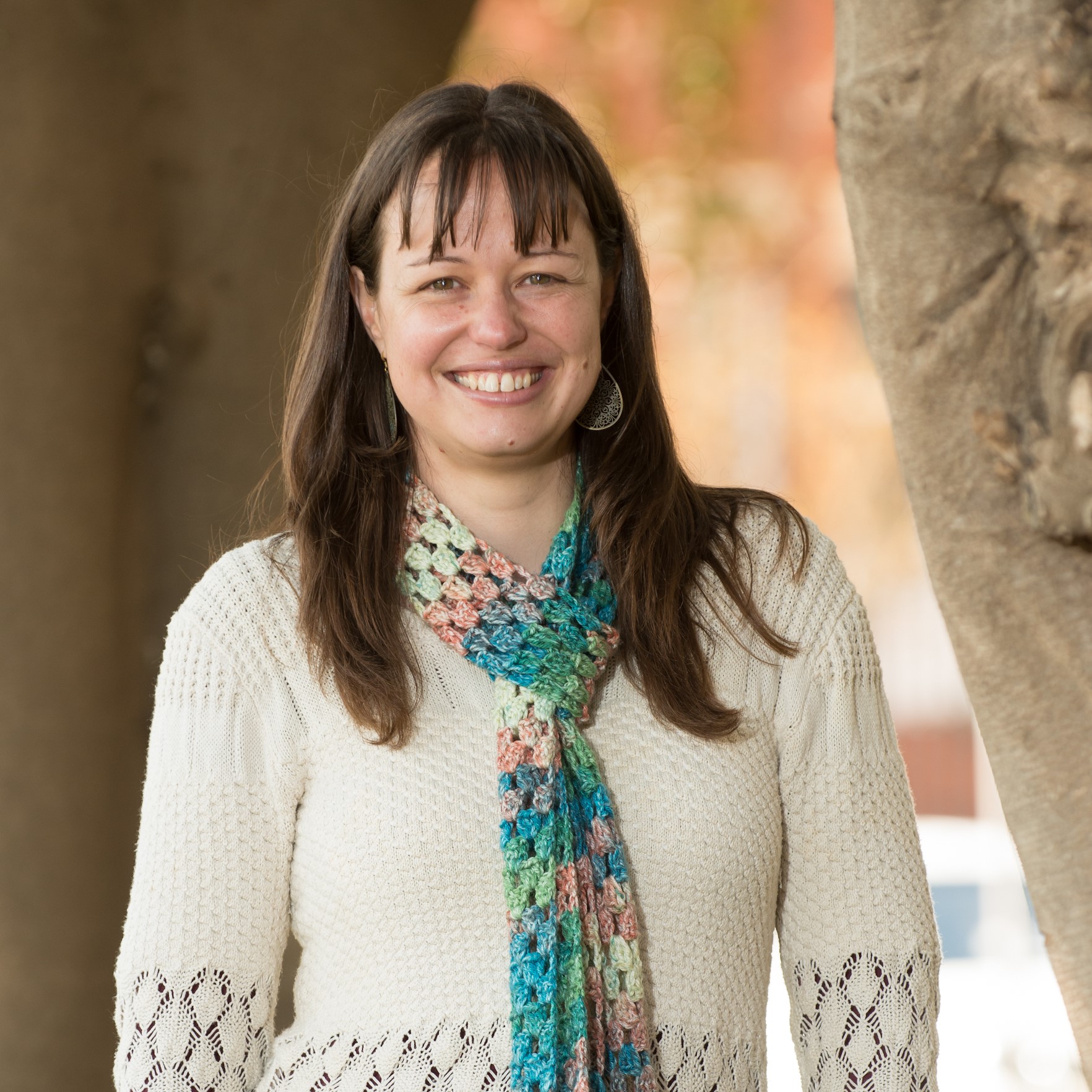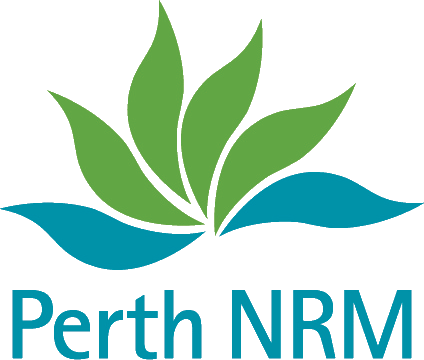

Louise Shuey
Senior Forest Pathologist | Department of Agriculture & Fisheries – Queensland
Presentation Title: Araucaria Dieback in the Bunya Mountains National Park
Meet the Presenter:
Dr. Louise Shuey is a Senior Forest Pathologist with the Department of Agriculture and Fisheries in the Queensland Government. Her current focus is on myrtle rust impact and pathogen biology, and forest biosecurity – commercial, urban and native. Previously, Louise was a postdoctoral fellow of the Forestry and Agricultural Biotechnology Institute (FABI) at the University of Pretoria, South Africa where she worked on eucalyptus defences against pathogens including myrtle rust.
While studying for her PhD in plant-pathogen interactions in Arabidopsis at the University of Queensland, Louise worked part time as a technician in horticultural pathology on avocados and mangos, and became very good at making guacamole.
In her spare time, Louise enjoys bushwalking in disease free areas of national parks in shoes that have not been to Phytophthora sites and are cleaned well after each trip. She also enjoys doing yoga without any Instagram pictures to prove it, and attempting to surf.

Abstract:
Two economically, environmentally and culturally important Australian native tree species, Araucaria bidwillii (bunya pine) and A. cunninghamii (hoop pine) are rapidly declining in the Bunya Mountains national park. Some of the affected bunya pines are estimated to be more than 800 years old. Symptoms include yellowing of the crown and rapid dieback, which is consistent with infection by Phytophthora. Aerial surveys have shown that symptomatic trees of both species are spread throughout the national park.
Phytophthora multivora was isolated from the rhizosphere of symptomatic bunya pines. First associated with dieback of tuart forest in Western Australia, P. multivora has been associated together with P. cinnamomi in the dieback of Araucariaceae in New South Wales (wollemi pine, Wollemia nobilis), and in New Zealand (kauri pine, Agathis australis). DNA meta-barcoding analysis of the soil detected both pathogens at high numbers.
Pathogenicity testing of the organisms is currently being conducted on bunya and hoop pine to confirm aggressiveness. Phosphite dosage testing is underway on plantation bunya and hoop pine. Additional surveys need to be conducted to confirm how widespread the problem is, and to implement control measures to prevent future damage to the national park and surrounding hoop pine plantations. From initial observations of the symptoms, spread patterns and environmental history of the affected trees, P. multivora is the most likely causal agent of the dieback.




This event was supported by funding from the Western Australian Government’s State NRM Program, the Department of Biodiversity, Conservation and Attractions, Newmont Boddington Gold, and Perth NRM
This project is supported by funding from the Western Australian Government's State NRM Program


